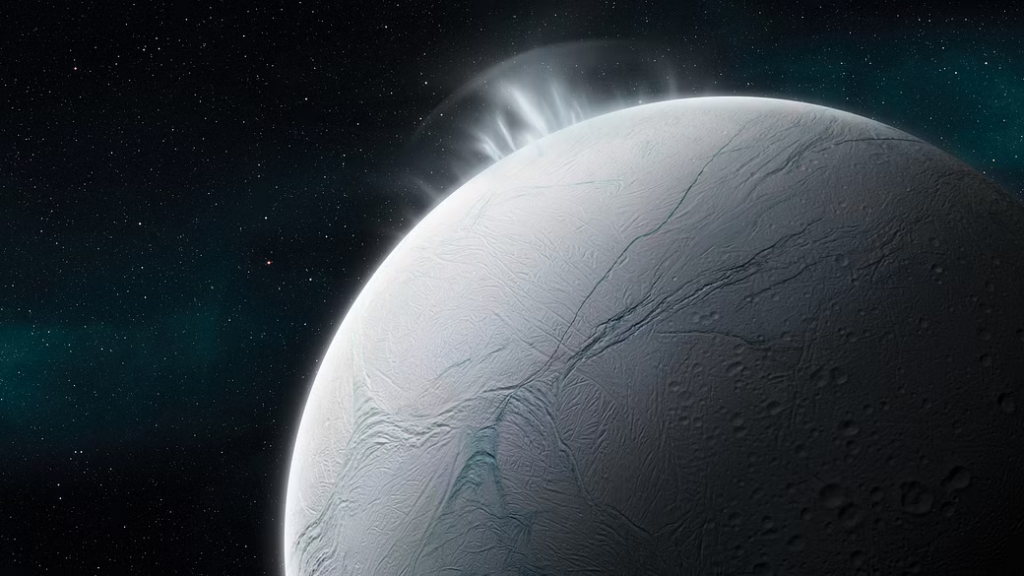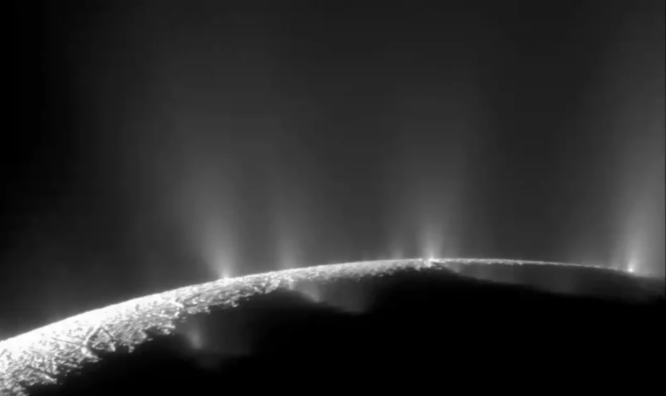Saturn’s 124 moon Enceladus possesses phosphorus. This moon has all six life-sustaining elements: carbon, hydrogen, nitrogen, oxygen, phosphorus, and sulfur. Phosphorus has never been found in an ocean outside Earth.
The moon’s deep ocean sends water into space through south pole geysers. Saturn’s outermost E ring receives ice particles from the plume.
Cassini repeatedly passed past this plume and the E ring. It relayed data to Earth each time. Researchers are studying its decade-long data.

They recognized that space-blasted ice grains contain life-sustaining components and chemical molecules. Phosphorus in ice particles is new.
Sixth element
“We previously found that Enceladus’ ocean is rich in a variety of organic compounds,” said Frank Postberg, author of the latest research. But this new discovery shows the molecular trace of considerable phosphorus…It’s the first time this critical ingredient has been found in an ocean beyond Earth.”
This makes Enceladus one of the most plausible destinations for life elsewhere in our solar system. Life requires phosphorus. It forms DNA bases, cell membranes, and more.
Enceladus also has significant phosphorous. This vital element may be 500 times more concentrated than in Earth’s seas.
Many believed moon rocks held trapped phosphate. Its oceanic location makes it more fascinating. Postberg says it’s ready for life.
Life has yet to appear on the moon, but all the ingredients are there.
NASA’s Cassini Mission has studied Saturn and its moons for nearly a decade. It launched in October 1997 and explored Saturn for 13 years. First to circle Saturn and discover an alien ocean.
Scientists steered the spacecraft into Saturn’s sterile atmosphere when it ran out of fuel to protect any life-bearing moons. It covered 7.9 billion km.

